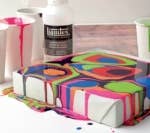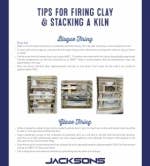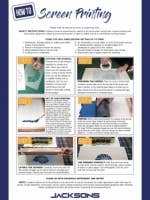How To's


How to Transfer onto Wood
In this example we are transferring on to a wooden panel.
This technique will transfer a colour OR black and white photocopied image onto most surfaces, such as stretched canvas, canvas board, masonite, MDF, fabric, metal, perspex etc.


How to use Pouring Medium
Liquitex Pouring Medium can be used in combination with Liquitex Heavy Body and Ink to create seamless surfaces and puddles of colour. Liquitex Pouring Medium is formulated to create a smooth, seamless, and strong body of paint when poured or dripped onto a surface. Suspend Liquitex Acrylic Colours in Liquitex Pouring Medium for sculptural effects and surface treatments.


How to do 3D Transfers
In this example we are transferring on to a flower pot.
This technique will transfer a colour OR black and white photocopied image onto most surfaces, such as stretched canvas, canvas board, masonite, MDF, fabric, metal, perspex etc.


Suminagashi (Spilled Ink)
The word “Suminagashi” translates literally as “spilled ink”. Centuries before the art of marbleizing papers was practised in Western cultures, Japanese craftsmen created patterns by floating ink on the surface of water and transferring it to a sheet of paper. Because the nature of the water is ever-changing and constantly moving, Suminagashi printers are viewed as great masters of control.


How to do Acrylic Transfers
Acrylic transfers allow you to essentially grab the ink layer of a copied or printed material and embed it into the acrylic film. Incorporate extraordinary photographs or newspaper clippings into your painting or collage without sacrificing the original.


PAINT POURING - HOW TO
To get started:
1. You’ll need a canvas to pour onto - also have a spare one to the side in case you mix too much paint!
2. Mix the paint separately in each container. Pour in some Atelier Pouring Medium, remember this dries clear, so you are just tinting this with paint. (When you use good quality paint it will tint a lot readier and the pigment will be strong, so you won’t need as much. Some paints are more dense then others, so there is no set formula).
3. Stir through using a pop stock or end of a brush. The mixture will be very thick, so you will need to add some water, just a little at a time. Your mixture will need to be the consistency of between milk and cream. The paint needs to have body, but still needs to flow.








